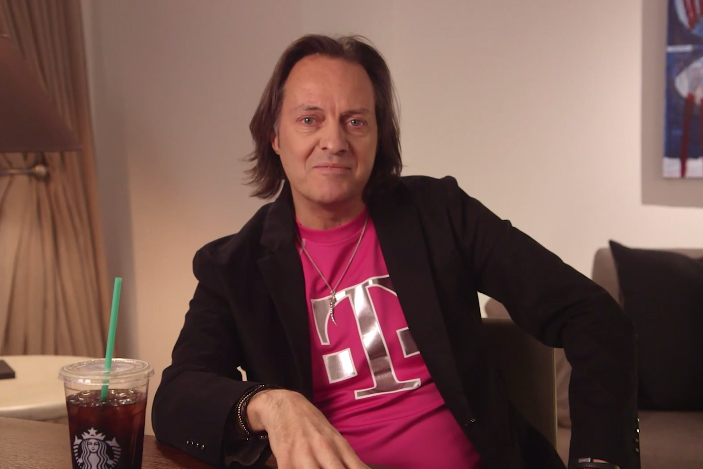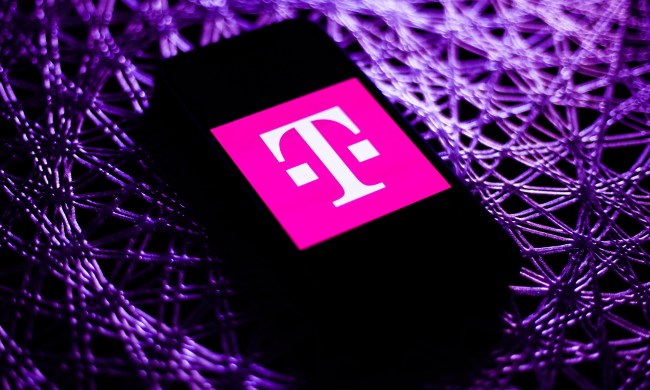
Legere’s first and foremost point he wanted to get across was the fact that T-Mobile has always been about consumers since the launch of the Un-carrier, and “that will NOT change.”
He then went on to discuss how Binge On brings value to its customers. Legere points out that video streaming is the No. 1 use of data, and Binge On was created to give customers a chance to “stretch their data buckets.” He compares it to the economy button offered in some newer cars. Legere also reiterates that Binge On is absolutely free.
Binge On launched last November, giving customers a chance to stream video from over 38 video streaming sites via T-Mobile’s mobile network without them counting towards data caps. T-Mobile claims the video is being optimized to 480p in order to make this service a reality. According to Legere, this is DVD quality and more than enough for small screens.
Unfortunately the carrier has been under a lot of scrutiny after the Electronic Frontier Foundation (EFF) found that T-Mobile isn’t really optimizing the video, and is instead, lowering the bitrate for all video whether part of the service or not. The EFF sees this as throttling. This results in constant buffering because those video providers not part of Binge On didn’t make the necessary changes to ensure a smooth transition down to 480p.
In the letter, Legere admits the carrier is using proprietary techniques to detect all video streams to first determine if the data should be free, followed by adjusting it for a handheld device. This adjustment occurs whether the data is free or not. Legere defends this by saying this “adjustment” helps all customers extend their data buckets.
The letter gets into the fact that providers can opt in for free, and all they need to do is make some changes on their end to optimize the video to 480p. This is another way of saying that it’s up to the providers, not T-Mobile. This is what causes the buffering issues. Legere goes on to say an additional 50 video providers want to join the service, which might help. However, Legere does point out that customers can turn off and turn on Binge On whenever they want.
The EFF, and many consumers, also complain that Binge On is a violation of net neutrality. Legere made it clear in the letter that he and T-Mobile support net neutrality and Binge On doesn’t violate it. His point of contention is the fact that the video providers don’t pay to be part of the program, and the only requirement is to optimize their video streams to 480p.
Secondly, consumers have a choice to opt in or not. It’s not forced on anyone. Legere defended the decision to automatically opt in all customers because it’s a benefit. Legere said, “Can you imagine the disappointment, if people saw our TV commercials about Binge On, then went to watch 10 hours of video expecting it to be free, and only THEN learned that they needed to go into their settings to activate this new benefit?” According to Legere, this is something traditional carriers would do.
Legere apologized for offending the EFF, and although he doesn’t agree with their arguments, he understands their position to fight for consumers. T-Mobile also plans to meet with the EFF at some point in the future.
In closing, Legere said the carrier will continue the fight to make things better for consumers, and he will most likely continue to be very vocal. We hope that will never change, John.


